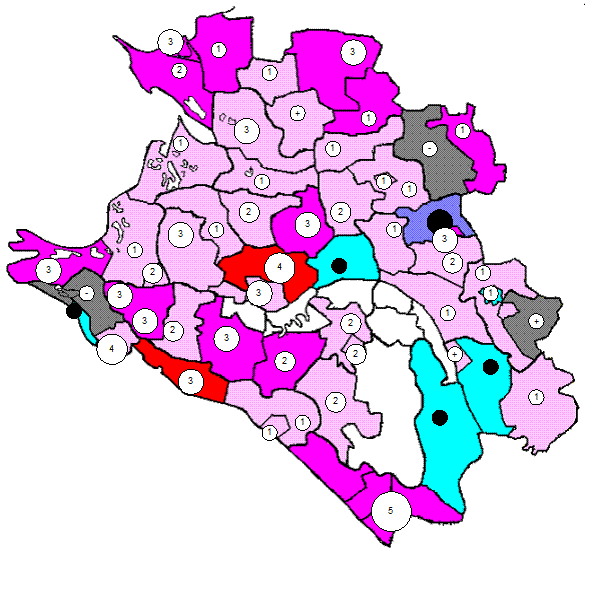THE CONSTRUCTION-RELATED ENGINEERING PROFESSION
The design and construction industry represents a huge chunk of the world economy. The practice of architecture is centuries old, but this profession did not become recognized until the mid-1800s as the Industrial Revolution unfolded. Before that time, and in the decades that followed, carpenters and masons not only built structures for their clients but served as quasi-designers as well. The era of the Master Builder fl ourished in the early twentieth century; skilled contractors employing crews of laborers, carpenters, bricklayers, plumbers, and other trades offered clients the benefi t of not only their construction experience but their ability to customize past projects to fi t the new owner’s requirements. The practice of architecture has changed dramatically since those early days. Eighty years ago, a visit to an architect’s office would reveal rows of aspiring architects hunched over their drawing boards preparing hand-drawn designs, erasers at hand, moving T-squares and plastic triangles to form the shape of their structure. Today, the pens and pencils, T-squares, triangles, and erasers have been replaced by powerful computers and specialized software programs. The only noise emanating from those work stations are the mouse clicks and printers from which these intricate designs flow. Increasingly advanced software allows an architect to produce a complete list of all of the materials required for the project simultaneously with the progression of the design itself. Architects using other types of computer software can produce three-dimensional images to be viewed by their engineers and clients. By adding a time sequence — the fourth dimension — the client can actually see the virtual building being constructed from the ground up before the fi rst shovel of earth is uncovered. This innovation, called building information modeling (BIM), which is now offered by large architectural fi rms, will undoubtedly become mainstream, and new innovations will continue to amaze potential clients. Civil engineering is the second oldest engineering discipline, the fi rst being military engineering. Civil engineers deal with site and soils analysis and are engaged by the structural engineer to design a building’s foundation and underground utilities such as storm water sewer and electrical services from their existing location to the structure and any paved areas on the building site. The range of engineering specializations ranges across a wide spectrum of activities from mining engineering to outer-space engineering, but in the design and construction industries, six categories prevail: civil, structural, mechanical, electrical, environmental, and materials engineering. These various engineering disciplines, each contributing to specific components of the building, interact with one another and the architect throughout the design and into the construction phase of the project. This profession has subdisciplines, such as environmental engineering, geotechnical engineering, water resources engineering, coastal engineering, materials engineering, and surveying. In consultation with the mechanical and electrical engineers, the civil engineer will design the size, location, and composition of all incoming underground utilities: storm water sewer, sanitary sewer, and gas and electric and their connections to existing offsite mains. http: //www.asce.org/ http: //www.stroysoyuz.ru/rss http: //civilengineering.com/ http: //www.engineeringcivil.com/ http: //architecture.about.com/ http: //www.astm.org/
|




